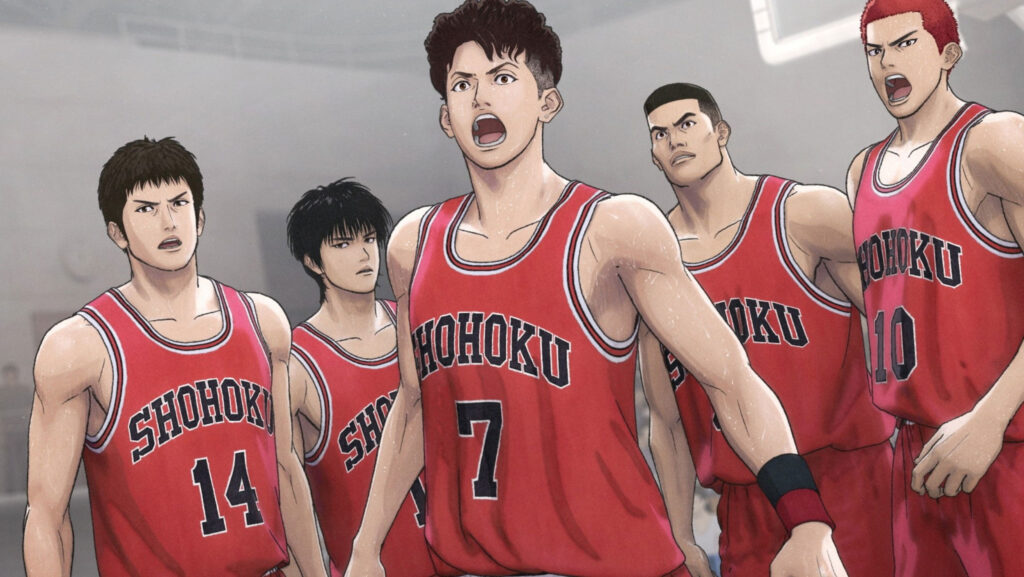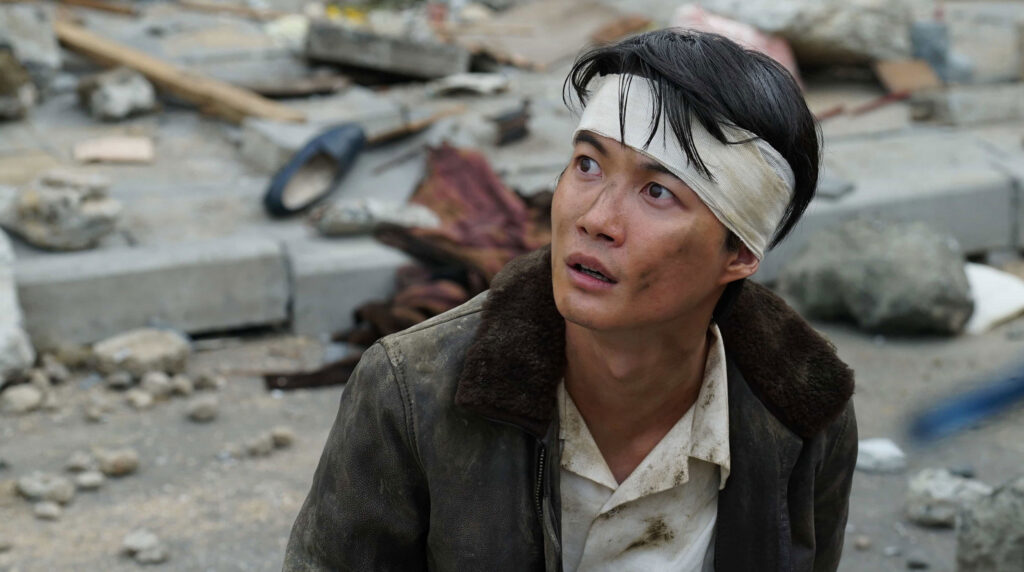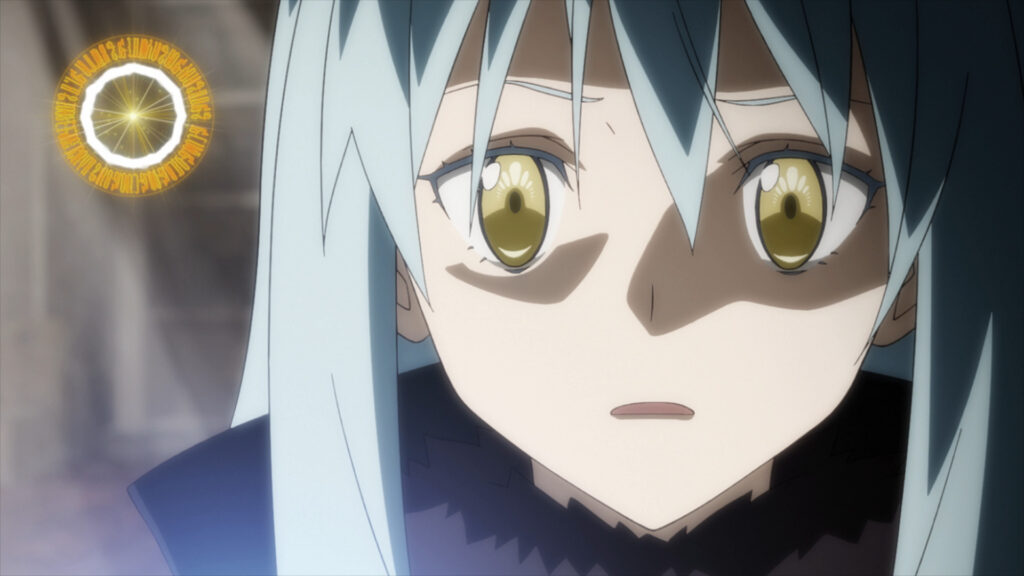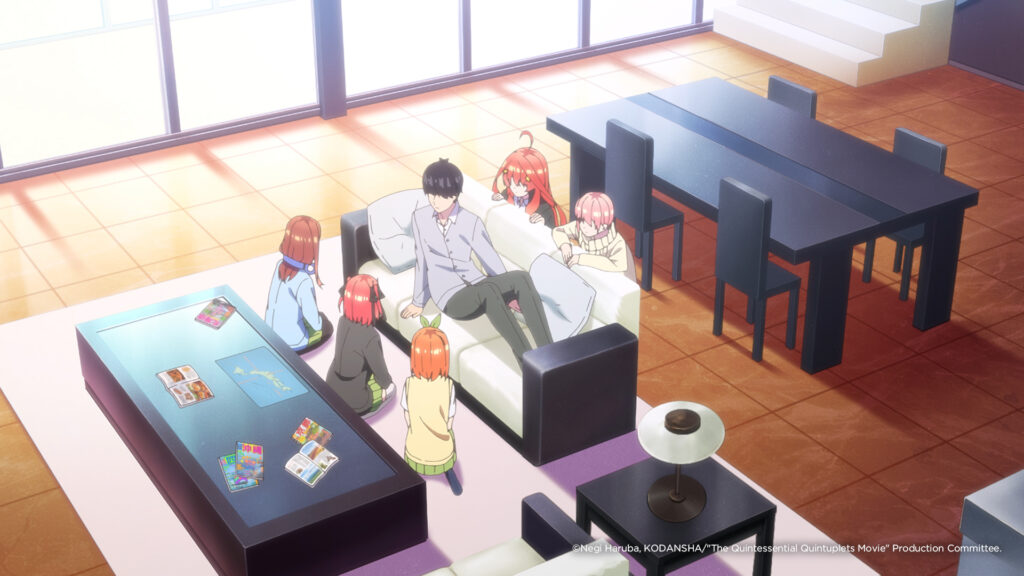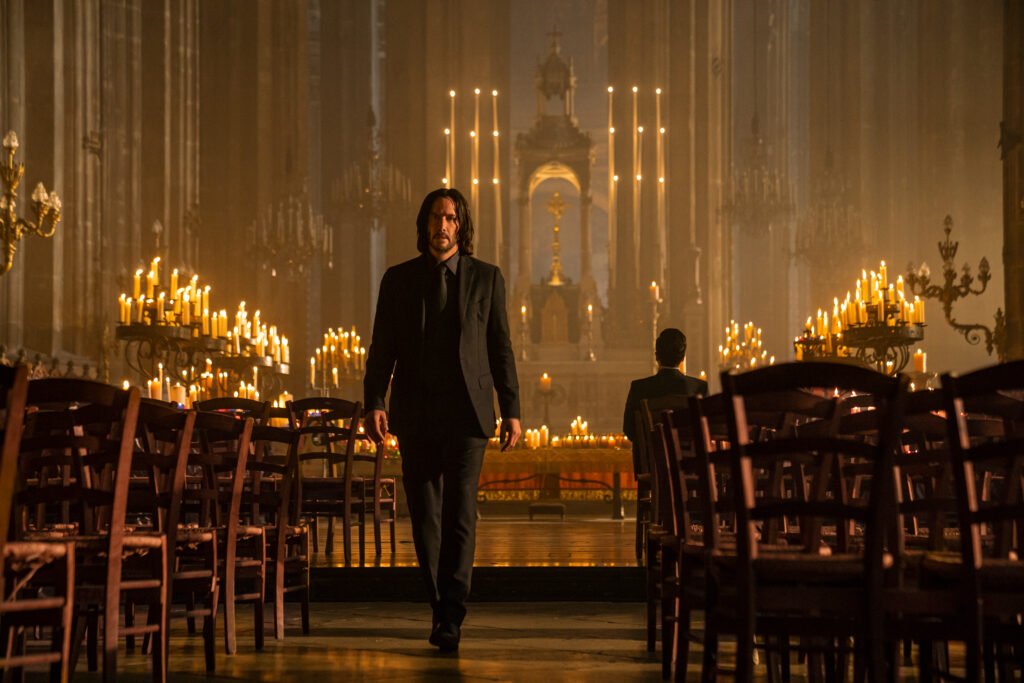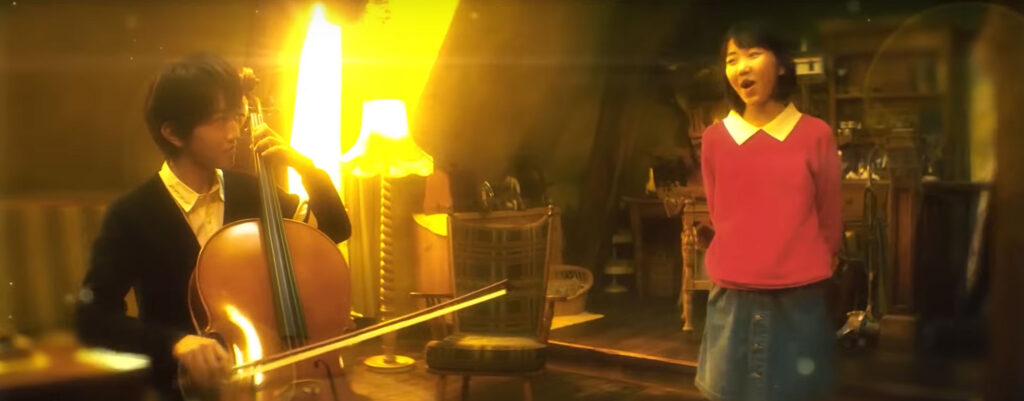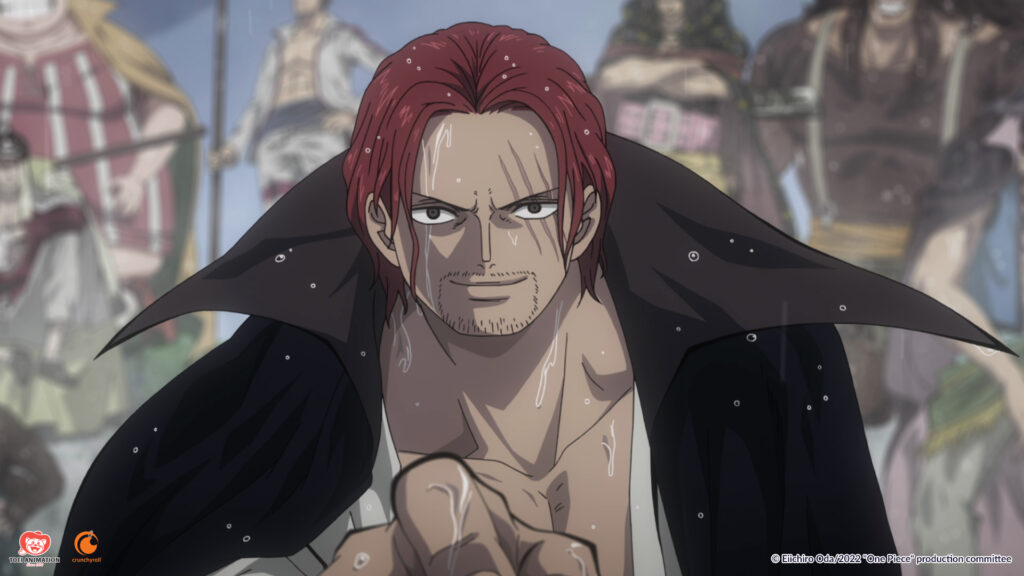April 16, 2024
by Carla Hay

Directed by Takashi Katagiri
Available in the original Japanese version (with English subtitles) or in a dubbed English-language version.
Culture Representation: Taking place in the fictional countries of Westalis and Ostania, the animated film “Spy x Family Code: White” (based on the “Spy x Family” manga and anime series) features a cast of Japanese characters representing the working-class, middle-class and criminal underground.
Culture Clash: A male spy and a female assassin, who have an arranged marriage as part of their undercover identities, take their adopted daughter on a school trip, where she is targeted by villains who think the daughter has some valuable microfilm.
Culture Audience: “Spy x Family Code: White” will appeal primarily to people who are fans of the manga and anime series on which the film is based and will appeal to people who like family adventure animation with a simple but entertaining story.

Neither awful nor spectacular, “Spy x Family Code: White” is has enough unique whimsy to not be completely maudlin. Fans of the manga and anime series should enjoy this spinoff film, which has a predictable but entertaining story. The erratic comedy in “Spy x Family Code: White” will be received better by some viewers compared to others. The movie is a spinoff of the “Spy x Family” anime series (which began in 2022), which is based on the “Spy x Family” manga series.
Directed by Takashi Katagiri and written by Ichiro Ohkouchi, “Spy x Family Code: White” has a story that doesn’t require viewers to know anything about the characters before seeing the movie. The main characters and their relationship to each other are described fairly early on in the story. Most of the action is quite formulaic, but the characters’ snappy dialogue can be amusing and can hold most viewers’ interest. “Spy x Family Code: White” also has some eye-catching and stunning animation that unfortunately is not consistent throughout the movie.
In the “Spy x Family” series (which takes place in the fictional rival countries of Westalis and Ostania) a young male spy named Loid from Westalis has gone undercover in Ostania, to spy on Donovan Desmond, leader of the National Unity Party. Loid is an arranged marriage with a young female assassin named Yor. Loid, who is master of disguises, uses the alias/nickname Twilight. Yor, who has extraordinary combat abilities, uses the alias/nickname Thorn Princess. Loid is intelligent and thoughtful. Yor is impulsive and more likely to act on her emotions.
Loid and Yor (who have the last name Forger in their fake marriage) are posing as spouses as their undercover identities. Yor and Loid keep secrets from each other, including their real identities. As part of his phony identity, Loid is a psychiatrist at Berlint General Hospital. Loid and Yor have an adopted orphan daughter named Anya, who is about 4 or 5 years old (but is pretending to be 6 years old), has psychic abilities, and is an energetic child. The male family dog Bond (who is a Pyrenean Mountain Dog) has precognitive abilities.
Loid is part of a mission called Operation Strix, where he has enrolled Anya in Eden Academy same school where the children of Donovan Desmond are also students. The intention for Anya’s enrollment is for it to be a way for Loid to have some connection or gain access to Desmond through these children. Eden Academy has medals called Stella medals that are given to students for various achievements.
In the beginning of “Spy x Family Code: White,” Loid gets bad news from Sylvia Sherwood, also the Handler, who is his supervisor: Someone else is going to replace Loid in Operation Strix. Loid thinks this would-be replacement is too cautious and incompetent. In order to prove his worth, Loid decides that he can infiltrate a Stella medal ceremony, which an Eden Academy ceremony that Desmond is expected to attend.
One of the ways that Anya hopes to get a Stella is by winning a dessert-making contest. Anya finds out that Eden Academy principal (who is also the head judge of the contest) loves meremere, which is a merengue-styled cake. Anya tells Loid and Yor about this contest. The best place to get the ingredients for meremere is a place called Frigis.
And so, the Forger family (with Bond along for the ride) travels by ship to Frigis. While on the ship, Anya finds a storage room, where she opens a stranger’s trunk and sees a ball of chocolate that’s about the size of a golf ball. Anya eats the chocolate, but she will soon find out that valuable microfilm was hidden in that chocolate. Two armed henchmen of a villain named Snidel find out that Anya has eaten this chocolate.
Anya escapes from these military thugs but the hunt is on to find her. Snidel is a military colonel who is a typical scheming and sinister antagonist. The contents of this microfilm could possibly start a major war. The usual “we have the save the world” platitudes ensue.
Meanwhile, Yor is secretly in love with Loid and wishes that they had a real romantic relationship. Before the trip to Frigis, a friend told Yor that there are three big clues that a cheating partner is having an infidelity affair: The cheater (1) wants to take trips away from the betrayed partner; (2) changes style of dressing; and (3) gives gifts to the betrayed partner out of guilt. The most frivolous part of the movie is Yor fretting over whether or not Loid could be dating someone without her knowledge. All of these scenes of Yor worrying and whining about Loid make Yor look immature and ditsy, especially since Loid invited her on this trip. Therefore, the first “infidelity clue” never applied in this situation.
The voices of “Spy x Family Code: White” characters are portrayed by different cast members, depending on the version of the movie. The original Japanese version (with English subtitles) has Takuya Eguchi as Loid, Saori Hayami as Yor, Atsumi Tanezaki as Anya, Banjō Ginga as Snidel, Kenichirō Matsuda as Bond and as the movie’s narrator. There’s also a U.S. version, with the dialogue dubbed in English, that has Alex Organ as Loid, Natalie Van Sistine as Yor, Megan Shipman as Anya, John Swasey as Snidel and Tyler Walker as Bond.
“Spy x Family Code: White” has some comedy involving bodily functions that people will either tolerate or dislike. The movie has a very simple “good versus evil” plot that gets occasionally messy and jumbled, with the expected scenes of chases and fights. The voice performances are competent.
There’s a lurching and manic quality to how many of the scenes go from one scene to the next. “Spy x Family Code: White” is not an incoherent film, but it zips around from scenario to scenario so quickly, people who are unfamiliar with these characters might lose interest. The “Spy x Family” series is probably a better format than this movie to get to know these characters. However, “Spy x Family Code: White” can be considered a fairly good sample of this engaging franchise.
Crunchyroll will release “Spy x Family Code: White” in U.S. cinemas on April 19, 2024. The movie was released in Japan on December 22, 2023.

